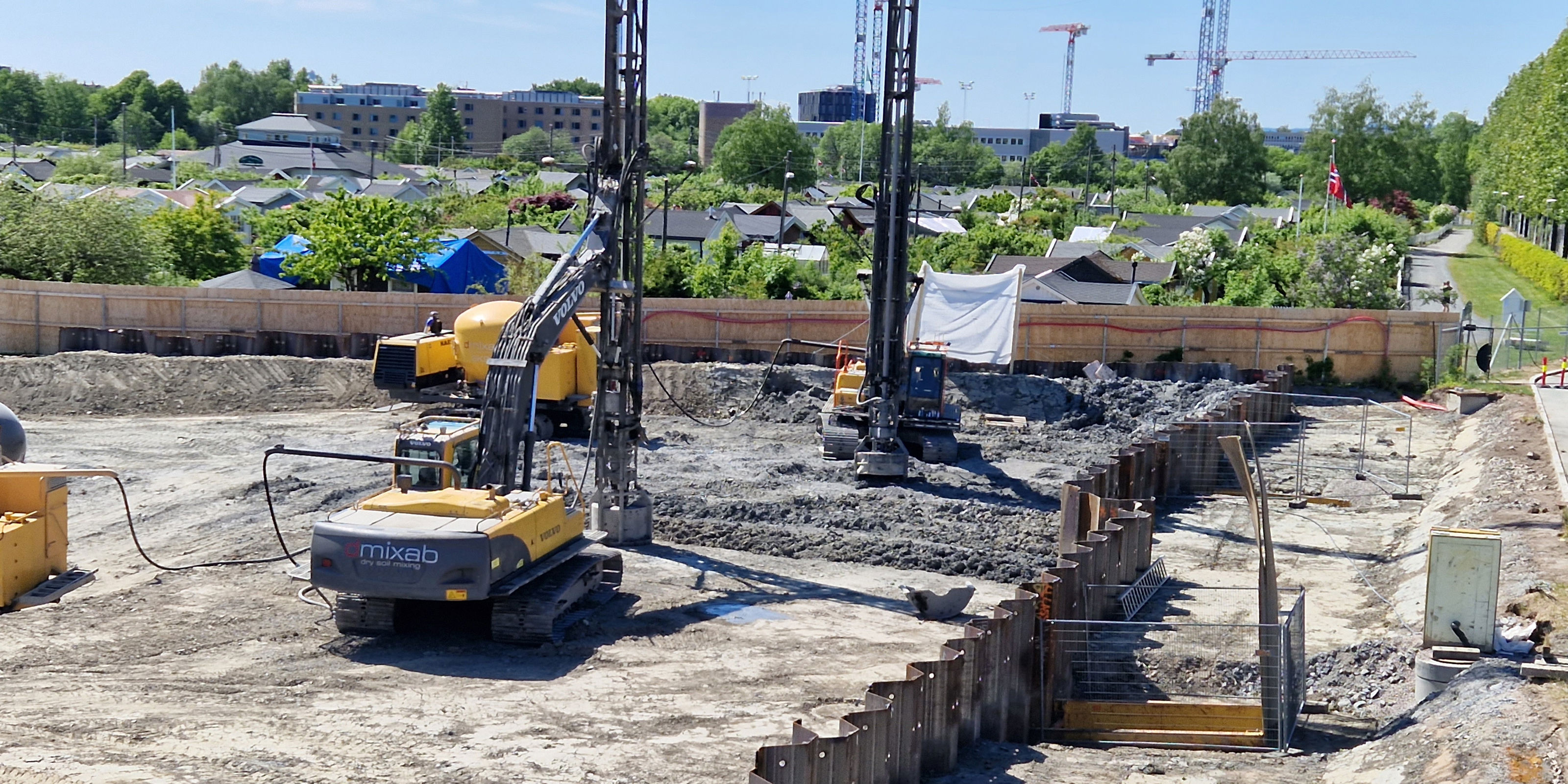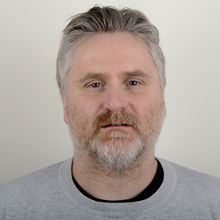- NGI /
- Projects /
- SP CURIOUS - Campus Ullevål /
- WP3 - Load on end-bearing piles
WP3 - Load on end-bearing piles

In areas with soft clays and limited depth to sound bedrock, heavy structures are almost always founded on end bearing piles. This is also planned at Campus Ullevål. In the structural design it is assumed that the live loads on the piles are transferred directly to the pile tip and to the bedrock, neglecting possible effects of mobilized side friction after installation. This is a common and conservative assumption in areas with soft soils where ground settlements can develop over time. However, at Campus Ullevål the design shows that there will be no future settlements due to the considerable onloading during excavation of the building pit.
The actual load distribution on driven end bearing piles during different stages of construction and the lifetime remains uncertain. It is also uncertain whether there is any load distribution between the piles and the concrete bottom slab. There is a need to better understand the actual loading conditions and behaviour on these foundation systems over time to investigate and validate sustainable foundation methods.
As part of WP3 a comprehensive and novel instrumentation and monitoring program have been installed on driven end-bearing piles to bedrock and on the concrete base slab adjacent to the instrumented piles. The monitoring includes strain gauges distributed at different depths along the H-piles in one pile group, load cells on top of the piles and pressures cells between the working platform and concrete bottom slab. The work package will analyse the load transfer along end-bearing piles and the load distribution between the piles and the base slab during the construction stages as well as in the long-term situation.
